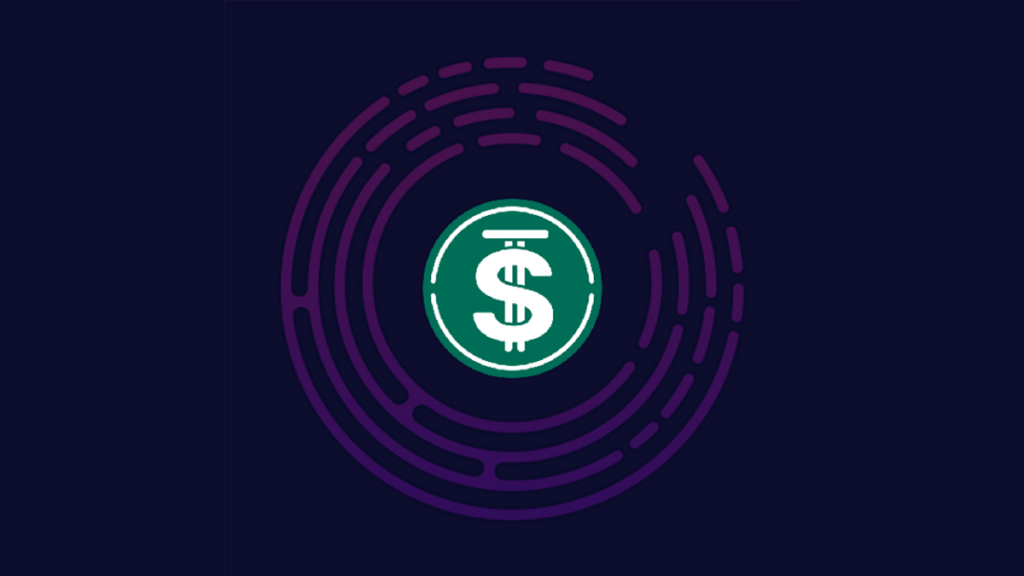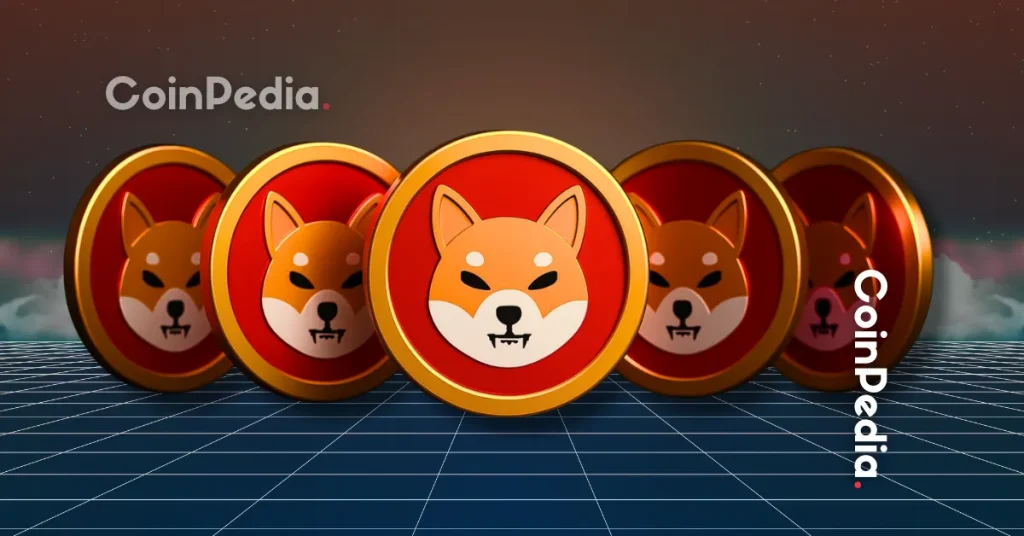
The post USDD Crash To New Lows, Justin Sun’s Revival Plans Continue To Fail appeared first on Coinpedia - Fintech & Cryptocurreny News Media| Crypto Guide
Last week, the Tron ecosystem suffered a huge setback when the USDD stablecoin lost its $1 peg. This caused traders to be concerned, as USDD was released last month as a competitor to Terra’s UST, an algorithmic stablecoin. Another de-pegging of a similar asset resulted in TRX’s price dropping for a short time.
Following the depegging of the stablecoin, the Tron DAO had increased its holdings to support the blockchain. The DAO boosted its USDC supply by 300 million last week.
The total collateral value supporting USDD is currently $2.34 billion, consisting of 14,040 bitcoins and $1.08 billion in US dollars. The Tron DAO intends to preserve the stability and security of USDD by having enough reserves, with a current collateral ratio of 323.23 percent. The Tron team claims that the over-collateralization of numerous prominent cryptocurrencies ensures the stability and security of USDD.
USDD Hits New Low
The USDD dropped to a fresh low of $0.93 on Sunday before reclaiming the $0.95 area. According to CoinMarketCap, the stablecoin is currently trading at $0.95, down 0.70 percent in the previous 24 hours.
Before this week’s setback, the stablecoin had only ever failed to gain on its market cap on a daily basis. Since its introduction on May 5, the USDD has steadily increased in market cap, with the exception of a short hiccup on June 2.
The recent USDD depeg which caused a drop to $0.93, has alarmed the crypto world, evoking memories of the UST crisis. On Twitter, a trader known as ‘Austerity Sucks‘ inquired if there was any mechanism in place to keep the USDD peg.
He wrote, “Someone redpill me on how USDD makes any sense? I’ve gotten out before it started depeg, and i’m just dumbfounded at what the point of this thing is, no mechanism even to hold peg in, just random money issued with an informal “collateralisation” which does nothing to keep peg.”

 3 years ago
185
3 years ago
185














 English (US) ·
English (US) ·